How to Fix the Windows Update Error 0x80070157 on Your PC?
When you attempt to install a Windows update, you may encounter the error “0x80070157” This error can prevent you from updating Windows and can cause issues during the installation process. The error may happen for several reasons, such as corrupted system files, problems with Windows Update components, insufficient disk space, or conflicting programs.

In this article, we’ll guide you through several methods to resolve this issue so you can update Windows to the latest version.
1. Run Windows Update Troubleshooter
The Windows Update Troubleshooter is a built-in utility that helps find and fix common problems related to Windows updates. It’s a good idea to start with this tool before moving on to other steps.
- Open the Search bar, type Troubleshoot Settings, and select it.

- In Troubleshoot Settings, click on Additional Troubleshooters.

- Select Windows Update and click Run the Troubleshooter.
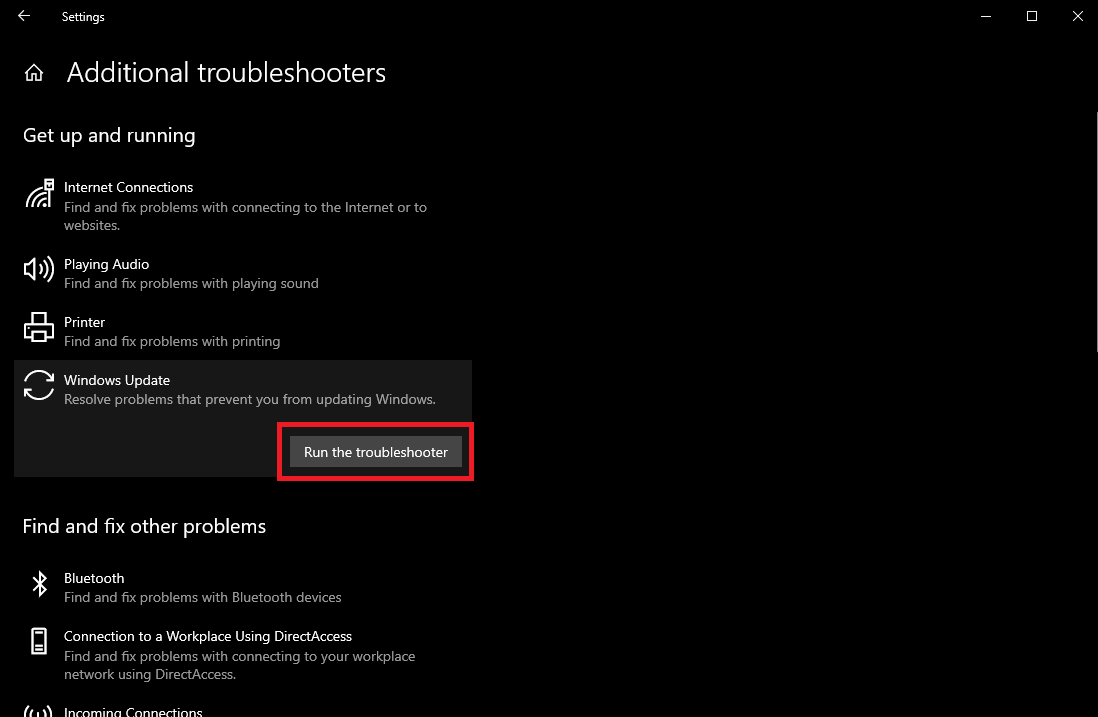
- Follow the on-screen instructions and check if the problem is fixed.
2. Reset Windows Update Components
For Windows updates to install correctly, all related components must be working properly. If there’s a problem with these components, it can cause update errors.
To fix this, you can reset Windows Update components to their default state. Rather than entering commands manually, you can use a batch file we’ve prepared for you. This file will run all the necessary commands automatically. Just download and run it as an administrator.
- Download the batch file by clicking here.
- Click on Download Anyway.
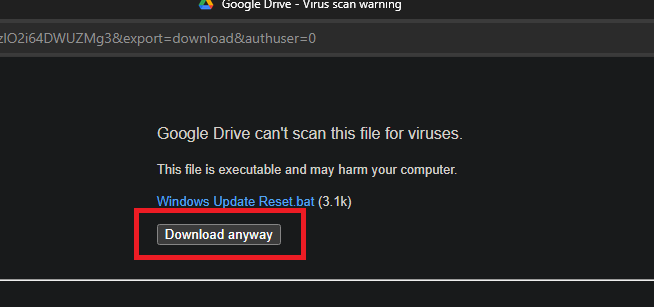
- Right-click the downloaded file and choose Run as administrator.
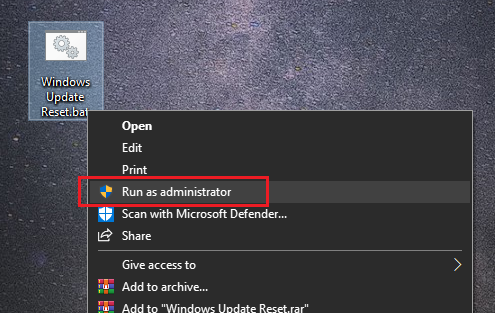
- If a security warning appears, click More info and then select Run anyway.
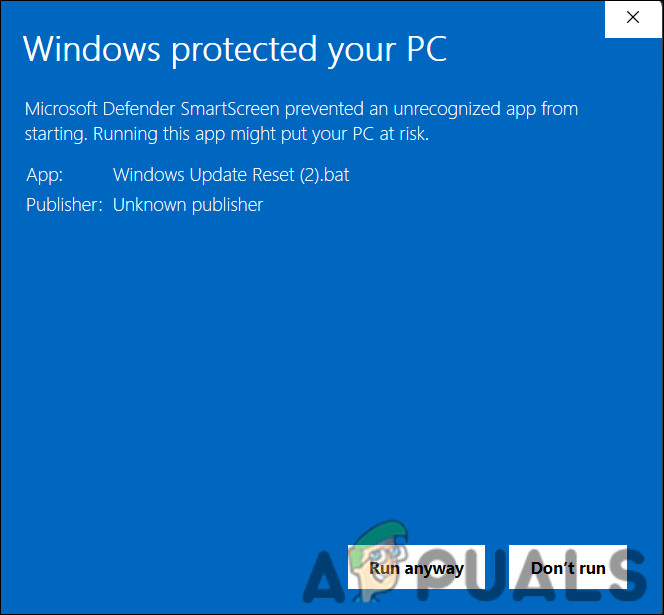
Run the batch file - Click Yes in the User Account Control dialog.
- When the batch file finishes, restart your PC and check if the update issue is resolved.
3. Run SFC and DISM
Corrupted system files or damaged update files can also cause update problems. Using the System File Checker (SFC) and Deployment Image Servicing and Management (DISM) tools will help find and repair these files. SFC scans for and fixes system file issues, while DISM can repair the Windows image itself.
- Open the Search menu, type cmd, and right-click to run Command Prompt as Administrator.
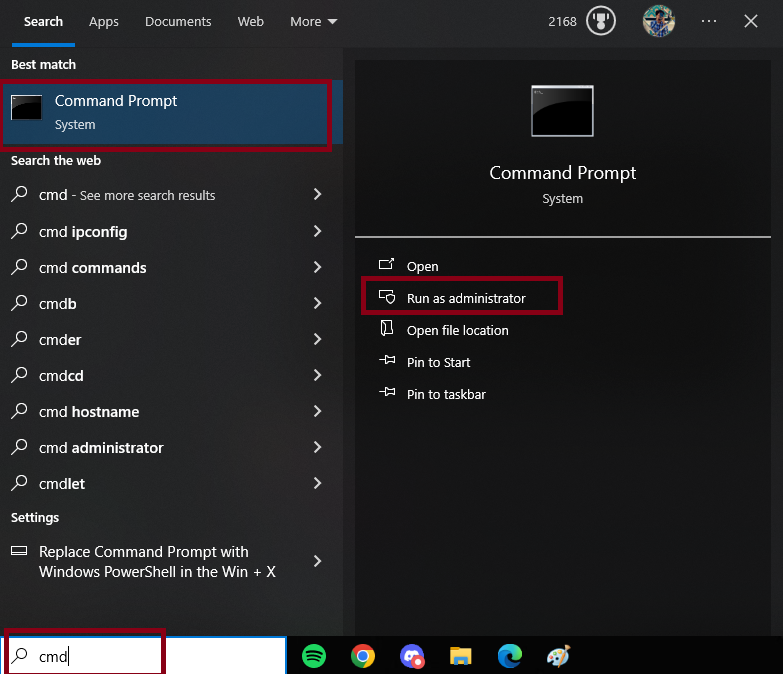
- Type in these commands, one at a time, and press Enter after each:
sfc /scannow
Dism /Online /Cleanup-Image /RestoreHealth
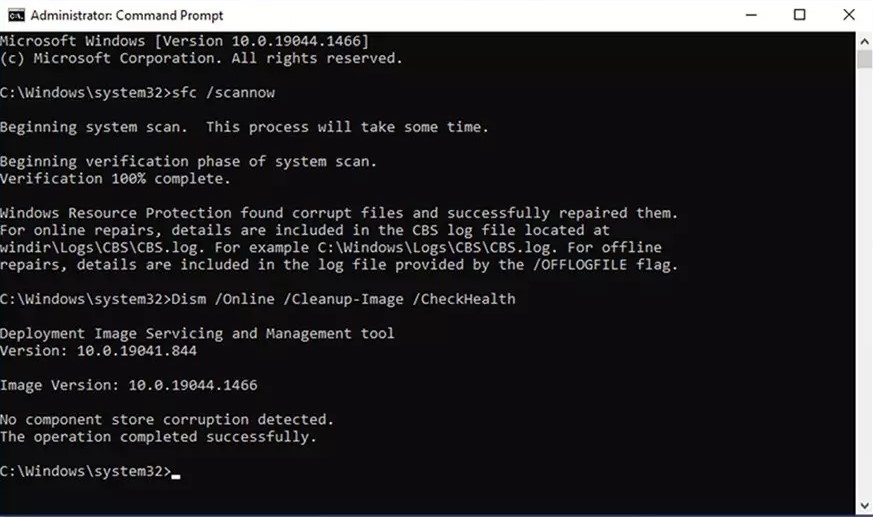
- After both commands finish, close Command Prompt and restart your PC.
4. Edit Registry
Registry keys are important to Windows updates, and if a setting is wrong or there is a conflict, it may block updates. Adjusting the registry could fix the problem, but be very careful—changing the registry incorrectly can cause system problems.
Note: Please be cautious and follow these steps exactly to avoid any issues.
- Right-click on your desktop and create a new Text Document.
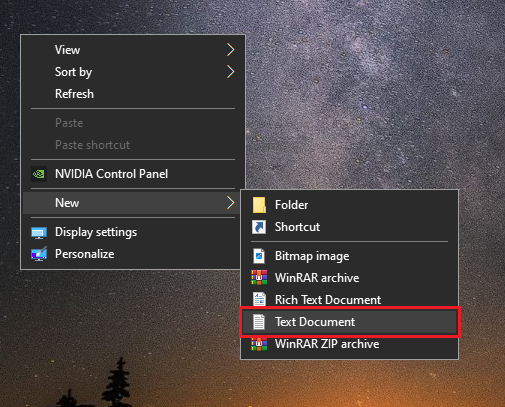
New Text Document - Copy and paste the following lines into the document:
Registry Editor Version 5.00 [HKEY_LOCAL_MACHINE\SOFTWARE\Microsoft\WindowsUpdate\UX] "IsConvergedUpdateStackEnabled"=dword:00000000 [HKEY_LOCAL_MACHINE\SOFTWARE\Microsoft\WindowsUpdate\UX\Settings] "UxOption"=dword:00000000

- Click on File > Save As.
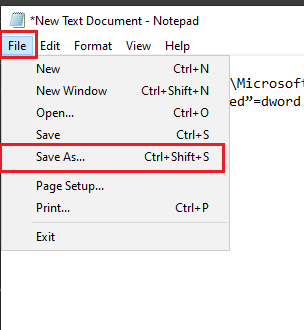
Save the document - Set Save As Type to All Files. Name the file update key.reg.Note: The filename should end with .reg so Windows recognizes it as a registry key file.

- Double-click the .reg file to run it and confirm any prompts.
- Once done, restart your PC and try updating Windows again.
5. Use Windows Update Assistant or Media Creation Tool
Sometimes, the default Windows updater has issues that prevent successful updates. If that’s the case, you can use the Microsoft Windows 10 Update Assistant, which is an alternative way to download and install updates.
For step-by-step instructions on the Windows 10 Update Assistant, check out this page.
If the Update Assistant doesn’t help, try using the Media Creation Tool. This official Microsoft tool allows you to reinstall Windows and updates directly, sometimes fixing stubborn update problems.
To learn how to use the Media Creation Tool, see our detailed guide.
6. Download Updates from Microsoft Update Catalog
If none of the previous solutions work, you can try to download and install updates manually from the Microsoft Update Catalog. This site lets you search for specific update files and install them without using Windows Update. Find the update that’s giving you trouble and follow the instructions here to download and install it directly from the Microsoft Update Catalog.
With these steps, you should be able to fix error 0x80070157 and update your Windows system successfully!





